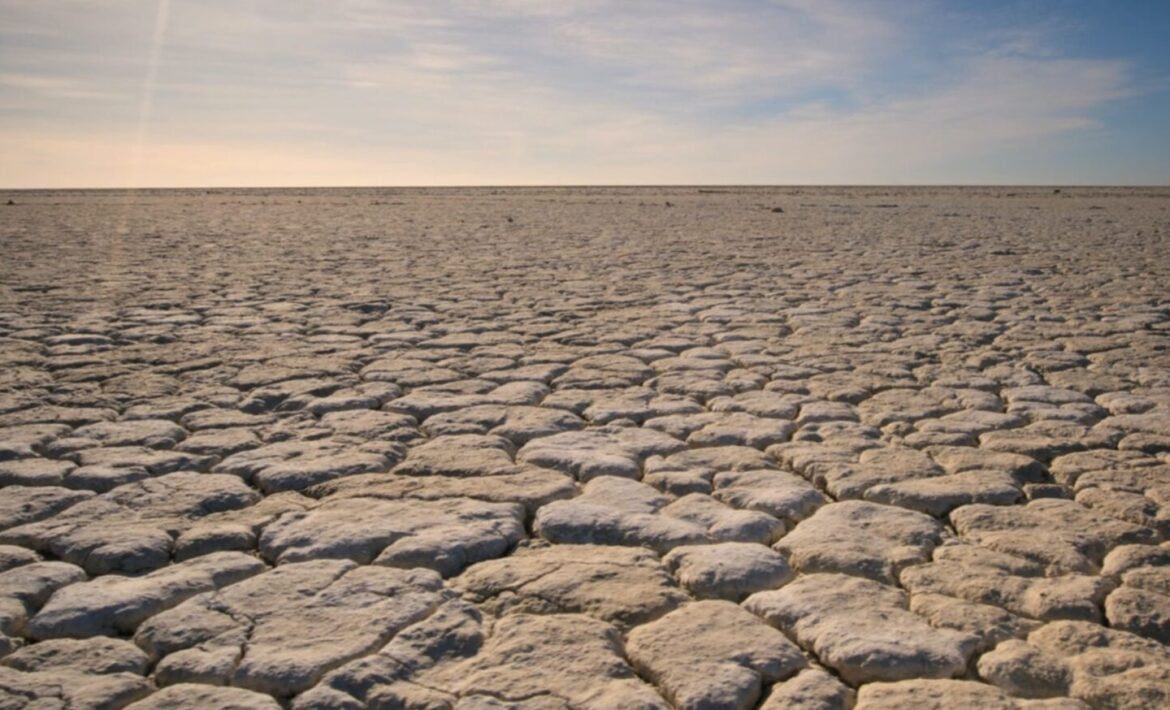
What are Climate Clubs and why do we need them?
by Arsum Pathak
International climate agreements provide a venue for countries to come together and tackle the global challenges posed by the climate crisis. Since the United Nations Framework Convention on Climate Change in 1992, the last three decades have witnessed a remarkable development in such international treaties and efforts for climate mitigation and carbon emissions. However, the emissions targets set in these agreements have not seen a similar commitment. Even well-intended targets such as limiting the global temperature rise to 2°C set by the Paris Agreement have so far failed to make a dent in global carbon emissions. The economist William Nordhaus highlighted lack of coordination and voluntary participation as two structural defects in the Paris Agreement. More specifically, the voluntary nature of these treaties and agreements lead to the problem of free-riding where some countries rely on the emission reduction of others without making any changes to their domestic contributions.
Nordhaus put forward the idea of climate clubs to tackle the free-riding problem in international climate policies and agreements. The primary rationale behind Climate clubs is that countries who participate would agree to undertake harmonized emission reductions, and the ones that do not participate would be penalized [1]. In the simplest sense, the concept of climate clubs is similar to any other club – members receive exclusive benefits for which nonmembers are excluded and, what’s more, penalized.
Climate clubs offer an attractive solution to deal with voluntary or non-participation that remains a root challenge of international climate policy. The clubs can also provide a platform for a small group of countries to work together within the broader multilateral climate agreements. Working in smaller groups will also help countries take a more coordinated but flexible approach to reach their emission targets while providing lessons for reluctant countries to get on board [2]. Giving nations a sense of being part of an exclusive club also helps in forging stronger accountability. For instance, now that the US is set to rejoin the Paris accord, a formal club like arrangement would ensure that a change in future leadership would not impact the country’s participation in the agreement.
It is important to point out that translating the theory of climate clubs to practical policy outcomes faces several barriers. Nordhaus points to the challenges of ignorance and shortsightedness in climate planning as some of the barriers to adopting a climate club model. An article by Niskanen Center also questioned the feasibility of the Nordhaus’ club model and raised concerns on imposing tariffs and penalties on nonmembers [3]. Climate Club is also not a cure-all for international climate policy that faces several other structural issues such as poor coordination and bureaucratic delays that happens on a time frame slower than changes in climate variability. However, it provides an excellent avenue for collective social action and bringing nations together in curbing their carbon emissions. With continued research on refining Nordhaus’ model and establishing common and agreeable principles for all the members, climate clubs and similar arrangements provide a part of the solution for enhancing participation and collective action in international climate policy.
References:
[1] Nordhaus, W. (2015). Climate clubs: Overcoming free-riding in international climate policy. American Economic Review, 105(4), 1339-70.
[2] Victor, David G. The Case for Climate Clubs. E15Initiative. Geneva: International Centre for Trade and Sustainable Development (ICTSD) and World Economic Forum, 2015. www.e15initiative.org/
[3] Niskanen Center. (2020). Potential Challenges to Climate Clubs. Retrieved from https://www.niskanencenter.org/potential-challenges-to-a-climate-club/



